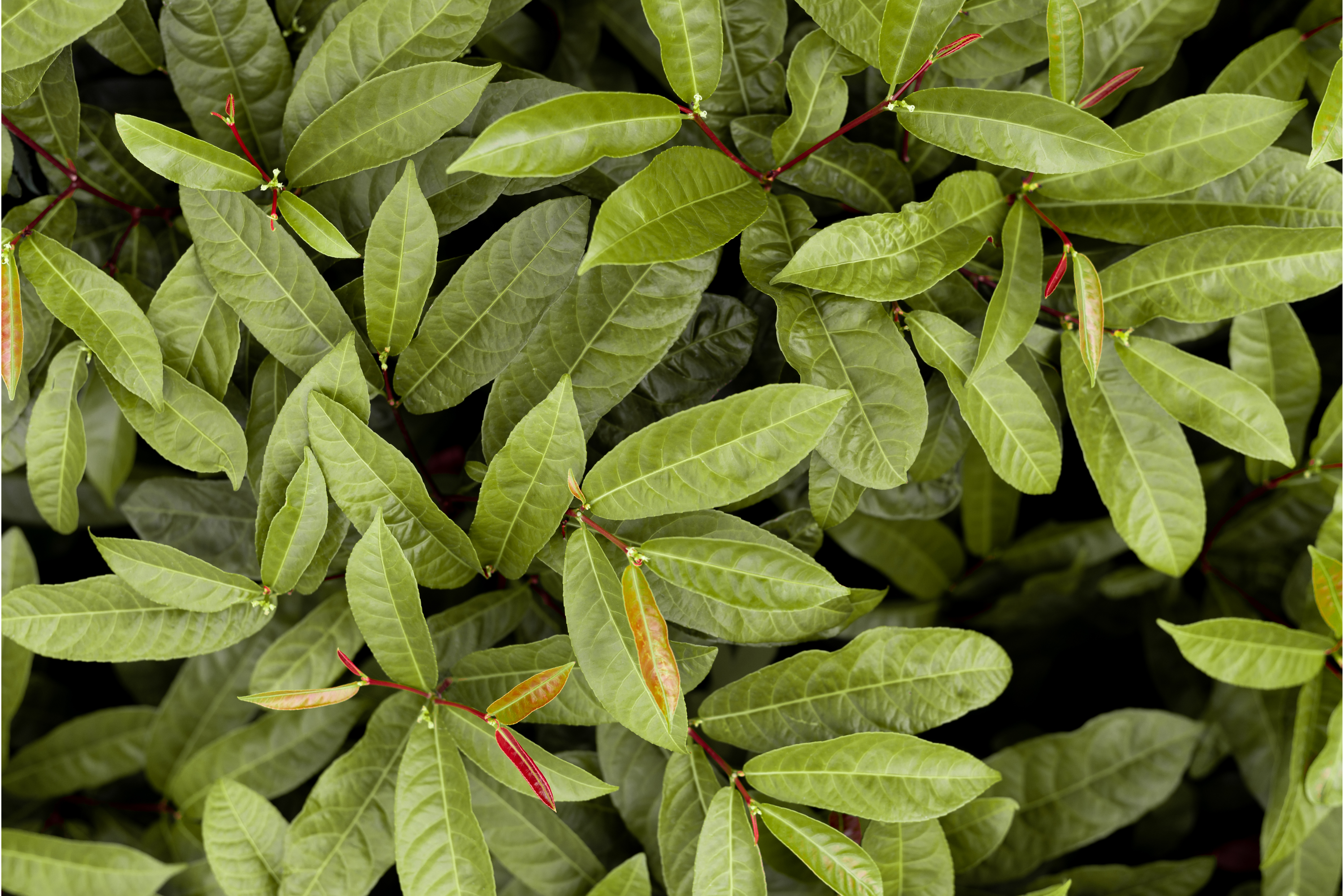Chinese croton
(Excoecaria cochinchinensis)

Description
Excoecaria cochinchinensis (Chinese croton, blindness tree, buta buta, jungle fire plant) is a species of plant in the genus Excoecaria, which is a member of the family Euphorbiaceae. It is native to Southeast Asia and China. It is a subtropical evergreen shrub with a woody stem, growing up to 1–2 meters (3.3–6.6 ft) high. Its leaves are opposite, their texture shiny and papery, the upper surface dark green or variegated and the underside a deep maroon. The leaves measure 6–14 cm by 2–4 cm (2.4–5.5 in by 0.8–1.6 in). It is dioecious. The common name of blindness tree comes from Latin, "excoecaria", to make blind. Sap in the eyes is reported to causes blindness. The Latin name cochinchinensis derives from Cochinchina, an old name for Vietnam. Excoecaria cochinchinensis is cultivated as an ornamental tropical plant, greenhouse plant, or houseplant. A popular colorful cultivar is "Firestorm." As with many of the Euphorbiaceae, the sap is toxic and can cause skin eczema in some people. It is also toxic if eaten, though in small quantities, it has been used in herbal medicine to treat gastric ulcers. Though the plant is considered poisonous, it has beneficial uses as an antiparasitic, antipruritic, and haemostatic treatment. Excoecaria is a plant genus of the family Euphorbiaceae, formally described by Linnaeus in 1759. The genus is native to the Old World Tropics (Africa, southern Asia, northern Australia, and assorted oceanic islands). Genus name, Excoecaria, is from the Latin word excaeco, which means "to blind" and refers to the sap of the plants that can cause temporary blindness. The milky latex of Excoecaria agallocha, also known as Thillai, milky mangrove, blind-your-eye mangrove and river poison tree, is poisonous. Mangroves of this plant surround the ancient Thillai Chidambaram Temple in Tamil Nadu. Contact with skin can cause irritation and rapid blistering; contact with eyes will result in temporary blindness. It is distributed in the Pichavaram wetlands, near Chidambaram India, in Australia from northern New South Wales, along the northern coastline around to Western Australia.The latex is extremely poisonous. Even dried and powdered leaves contain the poison which can kill fish very quickly.
Taxonomic tree:







